ICP-PDV
Är du en ledare som vill främja tillväxt hos andra och skapa en miljö där individer, team och team av team kan utvecklas?
Den här kursen ger dig insikt i hur man odlar en kultur för kontinuerligt lärande som ger människor kraft och resultat med organisatorisk smidighet. Vilka är kraven för att skapa en miljö där människor växer och utvecklas så att de kan prestera sitt bästa?
Vår praktiska och djupgående kurs Leading & Growing People är utformad för att ge praktiska och djupgående insikter i hur du kan göra det möjligt för individer och organisationen att nå sin fulla potential genom att prioritera en säker inlärningsmiljö.
Vår kurs är en dynamisk 2-dagars workshop eller tio engagerande 2-timmars online-sessioner, som leder till en professionell certifiering i att leda och utveckla människor (ICP-PDV) med Agile People och ICAgile.
Om du är en ledare som vill lära dig att främja tillväxt, skapa blomstrande miljöer och möjliggöra en kultur av dynamiskt lärande i din organisation, är detta utbildningen för dig.
Få färdigheter för att förbättra organisationens smidighet och skapa en miljö som värdesätter kontinuerlig utveckling. Investera i dina medarbetare och frigör deras potential för långsiktig framgång.
Målgrupp
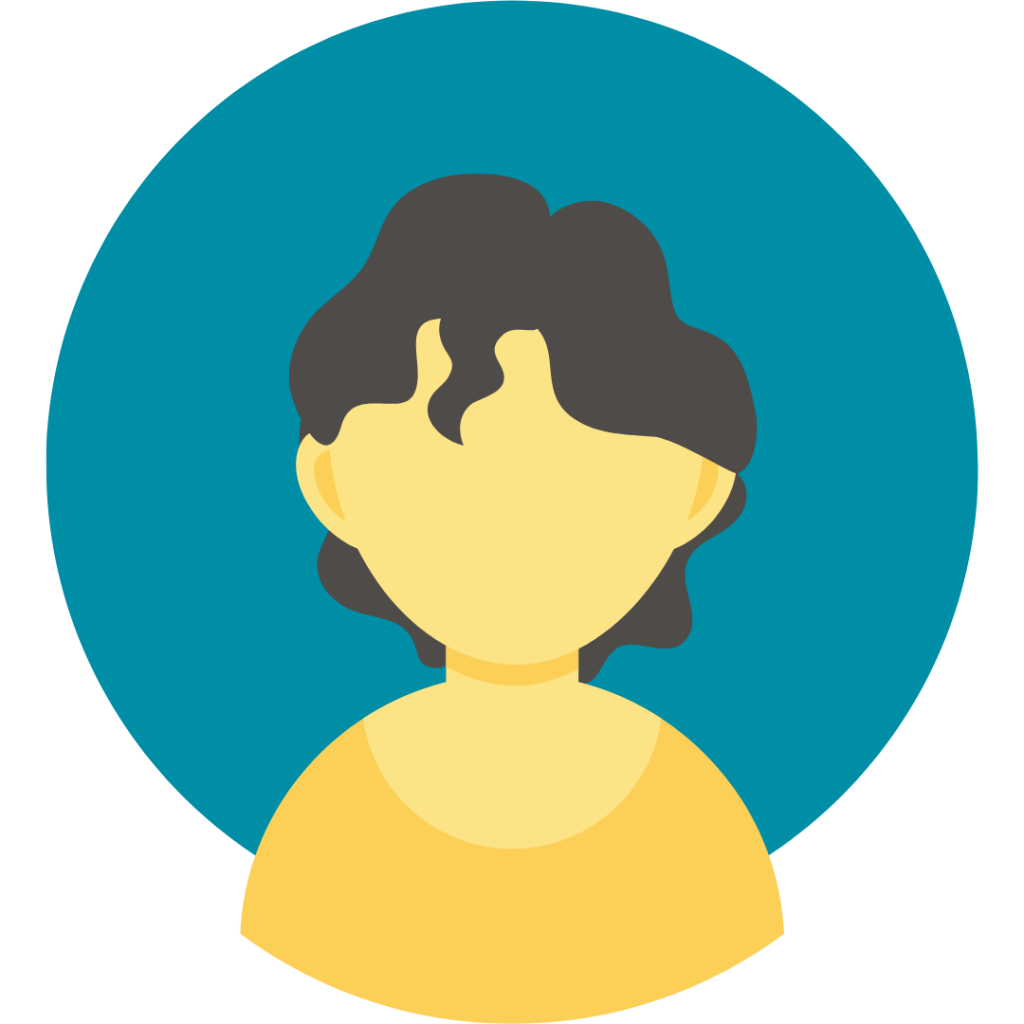
Ledare på alla nivåer som ser värdet av att utveckla en samarbetsinriktad, medarbetarcentrerad organisation och som är fast beslutna att utveckla medarbetarna i sina team.

Agila coacher vill lära sig mer om den mänskliga aspekten av agile och bättre kunna underlätta effektivt teamarbete och samarbete inom organisationer.

Konsulter som vill fördjupa sin agila förståelse för att bättre kunna stödja kunder i agila omvandlingar.

HR-personal på alla nivåer som vill förstå och utveckla processer och ledarskap som sätter människan i centrum.

Nyfikna personer som söker tillväxt och nya utmaningar och som tror på organisationer som sätter människan i centrum.
Vad skiljer våra kurser och utbildningsprogram åt?

Vår metod betonar interaktivt grupparbete, vilket gör det möjligt för deltagarna att lära av varandra genom att dela erfarenheter och kunskaper under engagerande gruppdiskussioner.
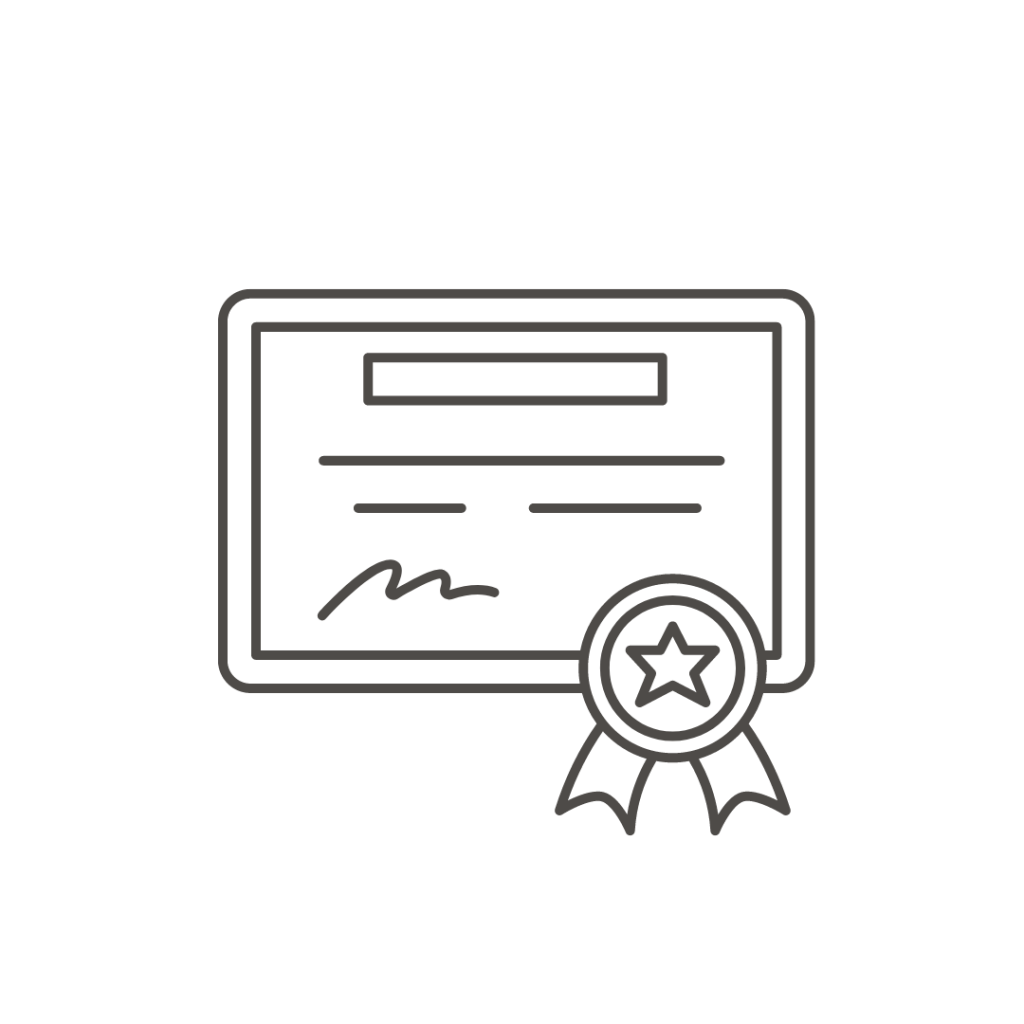
Kursen leder till en Professional Certification med Agile People och ICAgile. För att säkerställa högkvalitativa inlärningsupplevelser mot beprövade inlärningsresultat ackrediteras våra kurser av ICAgile, ett ledande globalt ackrediterings- och certifieringsorgan för agila metoder.

Med både online- och den fysiska workshopen får du tillgång till vårt Learning Management System (LMS), där du kan fördjupa dig i teorin och få djupgående kunskaper om ämnet i din egen takt.

Under utbildningen får du lära dig nya färdigheter och praktiska verktyg samtidigt som du knyter värdefulla kontakter. Som en del av vårt engagemang för din agila resa anordnar vi regelbundna evenemang för att berika din inlärningsupplevelse ytterligare.
På Agile People erbjuder vi kontinuerligt onlineutbildningar och personliga workshops. Vårt mål är att se till att alla deltagare får de kunskaper och färdigheter de söker, oavsett om de deltar virtuellt eller fysiskt.
Över hela världen levererar våra licensierade, erfarna utbildare våra kurser och program med samma engagemang, och vi är stolta över att ha detta globala fotavtryck. De erbjuder ofta undervisning på modersmålet för lokal förståelse och relevans.
Online via Zoom
Mer information om kursen
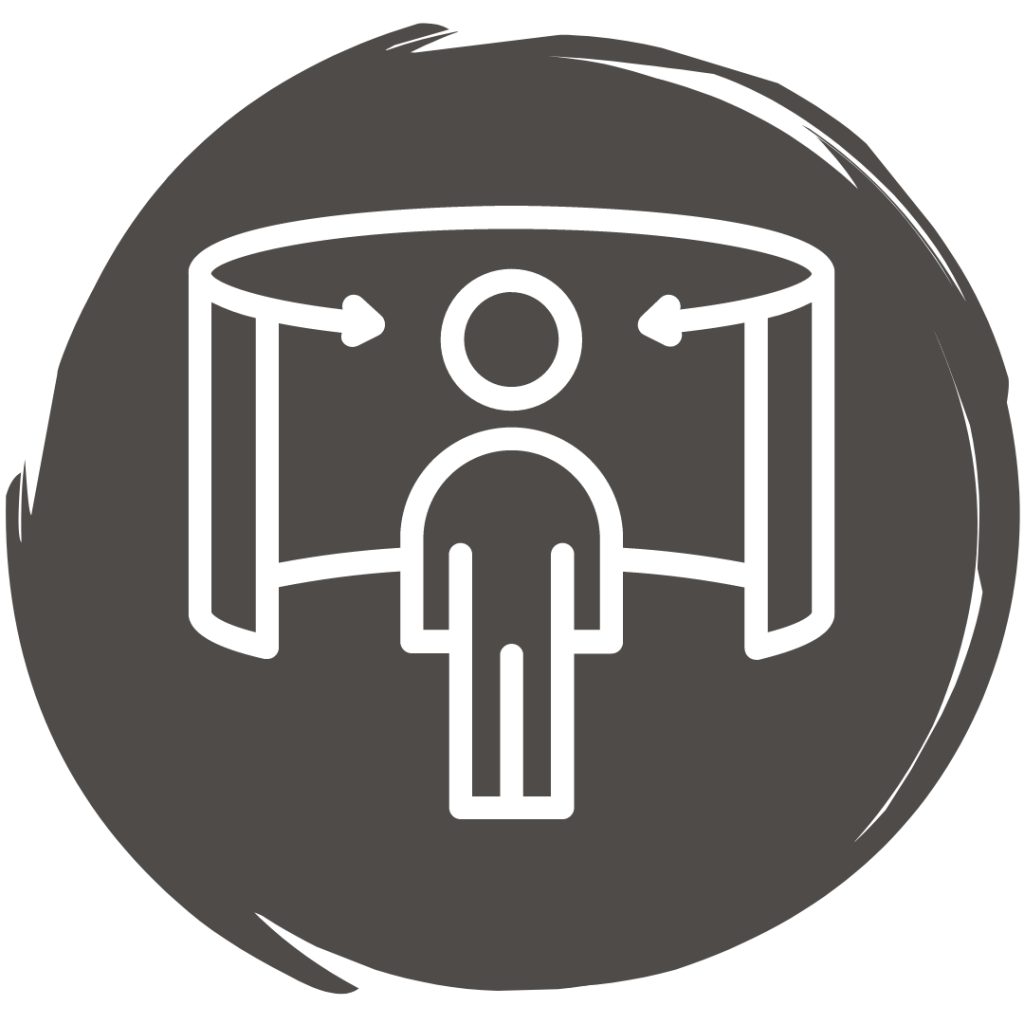
Workshoparna online och på plats omfattar tio huvudämnen och beskrivs mer detaljerat i vår kursbeskrivning.

Utbildningen omfattar tre perspektiv: individ (du), team (vi i vår grupp) och organisation (vi alla).
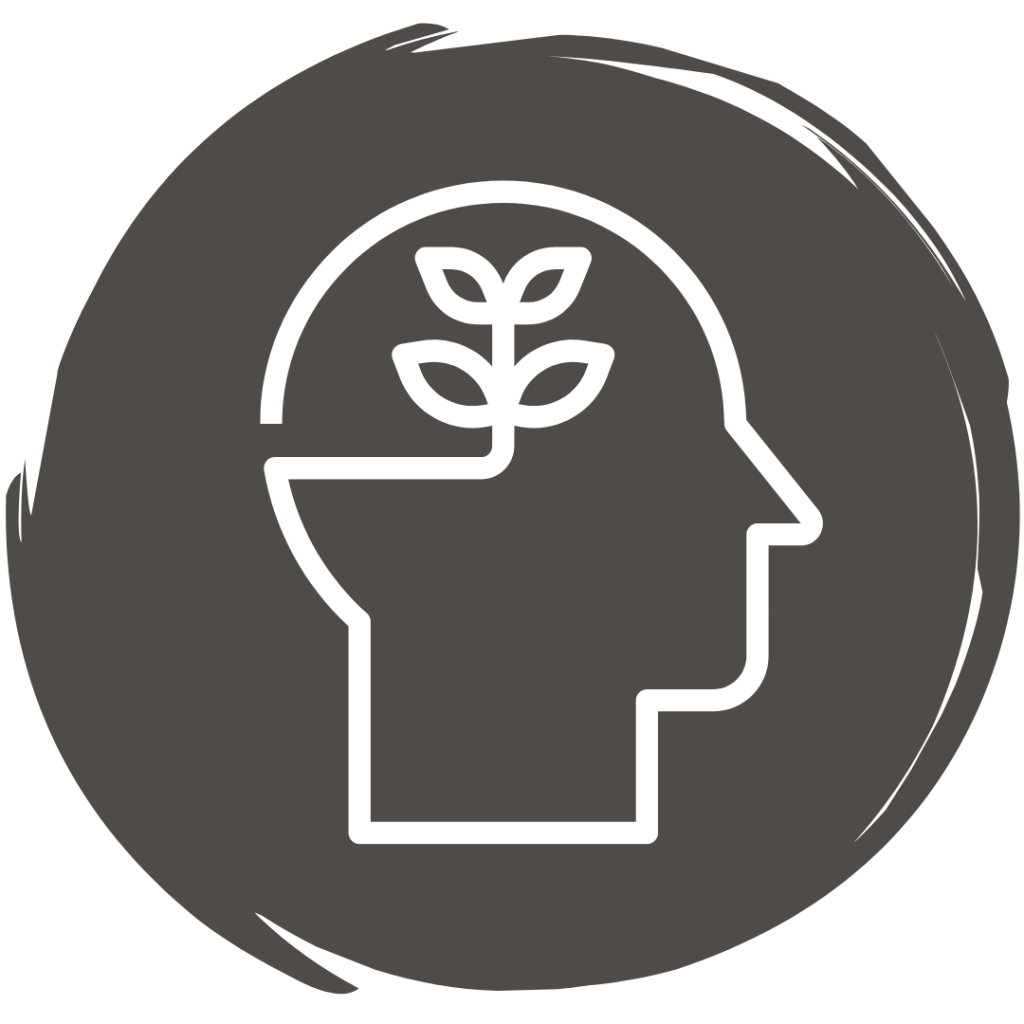
ICAgile ackrediterar våra kurser och program, och alla våra kurser har ett detaljerat inlärningsresultat.
Andra kurser

Bryggvägen 21
117 71 Stockholm
Sverige
Organisationsnummer: 559002-6836
Momsregistreringsnummer: SE559002683601
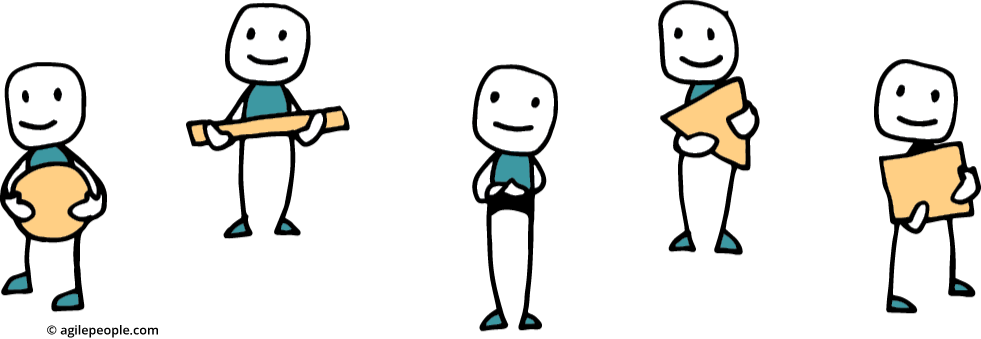
Copyright © 2023 Agile People AB.
Alla rättigheter förbehållna.
Sekretesspolicy | Användarvillkor |
Sverige
Kursen är uppdelad i tio engagerande sessioner.
Agil utveckling av människor
Session D1: Djupdykning i Agile People-principerna
Grunden i Agile Peoples tankesätt handlar om de principer, värderingar, metoder och verktyg som vi måste börja använda för att frigöra kompetens och innovation – och vad vi ska sluta göra. Detta pass är en introduktion till varandra och hur vi genomför utbildningen.
Session D2: Olika typer av lärande och deras inverkan på kulturen
Individuell agilitet påverkar organisatorisk agilitet. Här beskriver vi olika sätt att öka engagemanget inom organisationer. Genom att utvärdera kulturen rekommenderar vi hur man skapar en kultur för kontinuerligt lärande. Vilka är de faktorer som skulle främja respektive motverka denna typ av kultur?
Session D3: Att vara en förebild för kontinuerlig utveckling
Vi utvärderar din inställning till lärande och vikten av egen och andras utveckling inom organisationen. Att ta bort befintliga kunskaper och föreställningar blir avgörande för att skapa möjligheter för ny inlärning. Insikten att lärande är en organisatorisk kompetens som är kopplad till människors specifika beteenden – hur kan vi undvika fel beteenden och förstärka dem som stöder en lärande kultur?
Session D4: Delegera resultat och anställa för att lyfta
Vi fokuserar mer på att delegera resultat än på att delegera uppgifter som påverkar lärande och utveckling i organisationen. Hur kan vi ge makt, och vilka delegeringstekniker finns det? Hur begränsar vi vårt sätt att ta ansvar och fatta beslut? Vi jämför anställning för att höja kompetensen med anställning för att delegera och ger exempel på anställning för att uppgradera.
Session D5: Tidigt fokus på motivation och hjärnbaserad inlärning
Att lära sig på sitt sätt börjar tidigt i introduktionsprocessen när man börjar i ett nytt team. Dina motivationsfaktorer avgör inom vilka områden och hur du vill utveckla dig själv. SCARF-modellen hjälper dig att förstå hur din hjärna fungerar och vilka inlärningstekniker som fungerar med din hjärna, inte mot den. Vad är det som skiljer dig från de andra teammedlemmarna och hur kan ni överbrygga dessa skillnader för att kunna arbeta bra tillsammans?
Session D6: Utveckla din inlärningsresa
Vi förklarar här hur man gemensamt skapar utvecklingsplaner och hur man uppmuntrar individuellt ägande av utveckling. Vilka verktyg kan användas i självutvärdering med individer och team i din organisation för att identifiera styrkor, passioner och intressen? Hur kopplar man personliga utvecklingsplaner till organisationens behov, och vad händer när personliga mål och företagets mål inte stämmer överens?
Session D7: Alla behöver bli ledare och hitta sin unika stil
Ledarskap på alla nivåer är nödvändigt och värdefullt i en agil organisation. Självledarskap blir ett måste för varje medarbetare, och för de flesta handlar det också om att hjälpa till att leda andra. Att hitta sin ledarstil är avgörande – man måste vara autentisk. Här lär vi oss också hur man hanterar svåra samtal som utmanar beteenden utan att undergräva individens värdighet.
Session D8: Självorganisering för kollektiva resultat i en lämplig miljö möjliggör ansvarstagande i teamet
Vi lär oss varför självorganisering kan göra att teamet rör sig snabbare genom teamets utvecklingsfaser och vilka ledaregenskaper som krävs för att påskynda processen och forma miljön. Olika fysiska miljöer påverkar teamets förmåga att samarbeta och lära sig mot ett delat, kollektivt syfte när de genomgår teamutveckling.
Session D9: Ge effektiv feedback och skapa förutsättningar för teamet att lyckas i det större systemet
Vi tittar på hur man uppmuntrar öppen, flerriktad och snabb feedback inom team och hur team kan relatera till och synas i den större organisationen. Vilken inverkan kan organisatoriska förhållanden, såsom tvingande strukturer, ha på teamet och relationerna mellan teammedlemmarna? Vilka scenarier finns det, och när bör vi ingripa?
Session D10: Mångfald, psykologisk säkerhet och konflikter i team
Det finns många fördelar med olika team jämfört med homogena team, och om det finns psykologisk trygghet kan kognitiv mångfald maximera förutsättningarna för samarbete. Vi undersöker hur samarbete kan skapa mer värde när vi har en tillitsfull och säker teamklimat. Vilka ledaregenskaper blir viktiga här, och hur kan ledare bidra till att skapa ett sunt konfliktklimat?
Anställa talanger
From People Management To People Development
Recognizing People Development As Fundamental To Enabling Business Agility
Developing Yourself As It Relates To Developing Others
Leading To Elevate Organizational Capability
Developing Individuals
Considerations For Individual Development
2.2. Co-Creation Of Growth and Development Plans In Others
Developing Leadership In Others
Leadership at Every Level
Developing Teams
Key Factors That Promote Team Development
Setting Teams Up For Success
Honoring Diverse Experiences, Knowledge, and Backgrounds
Utbildningen omfattar tre perspektiv:


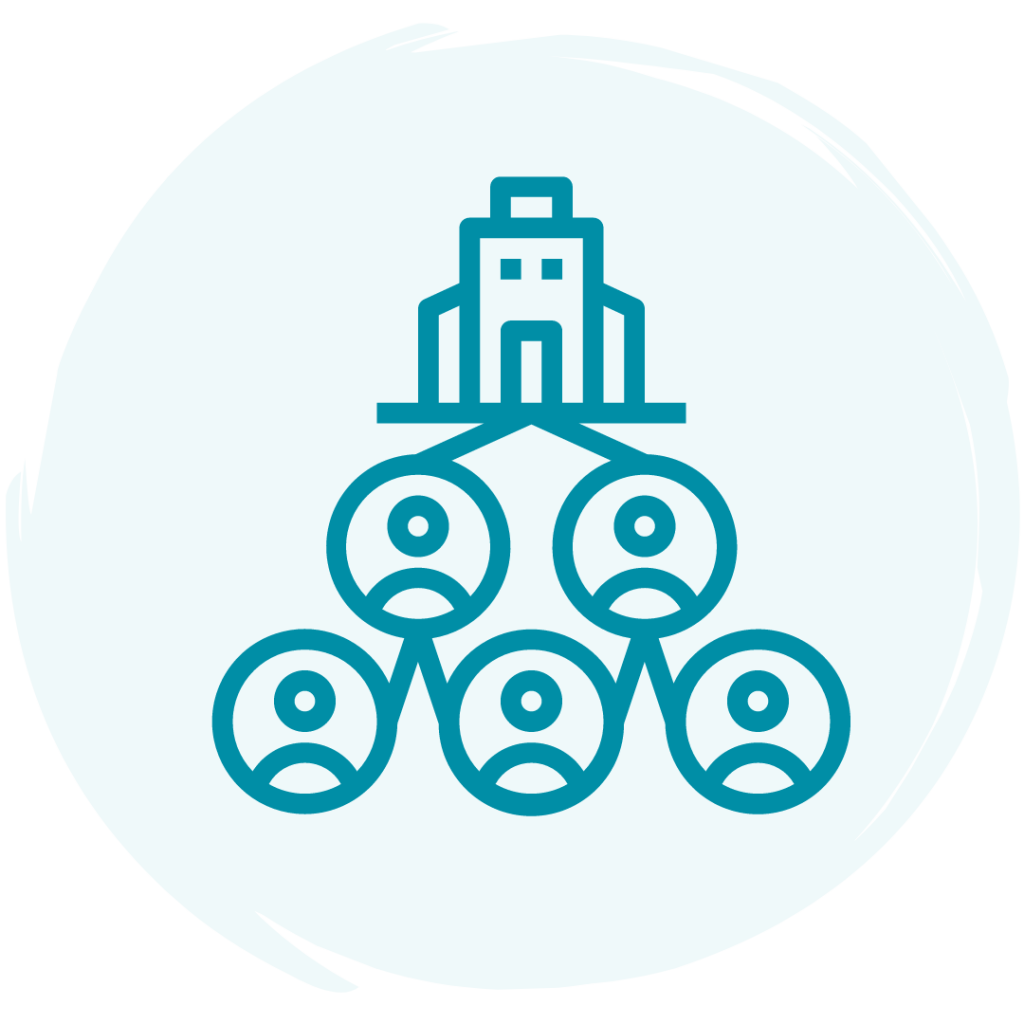

Kul att du vill lära dig mer!
Hallå där! Jag heter Ingela och arbetar i kärnteamet på Agile People. Jag skulle gärna ta kontakt med dig och utforska möjliga lösningar.
Du kan skriva ett mejl till mig eller boka ett möte för att diskutera vidare!